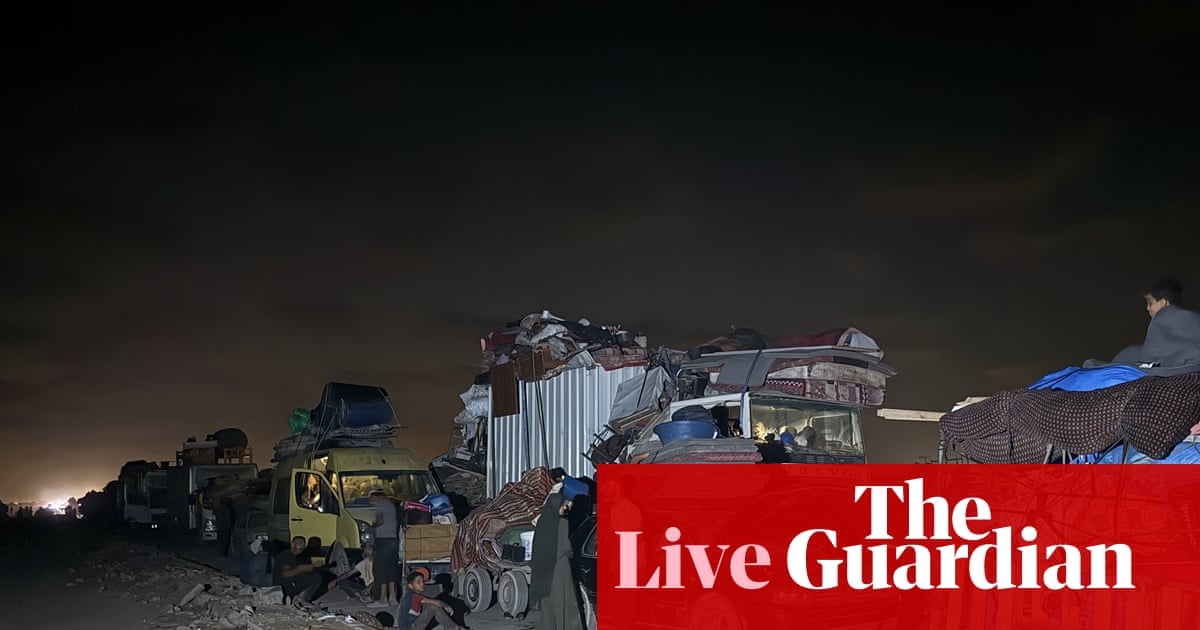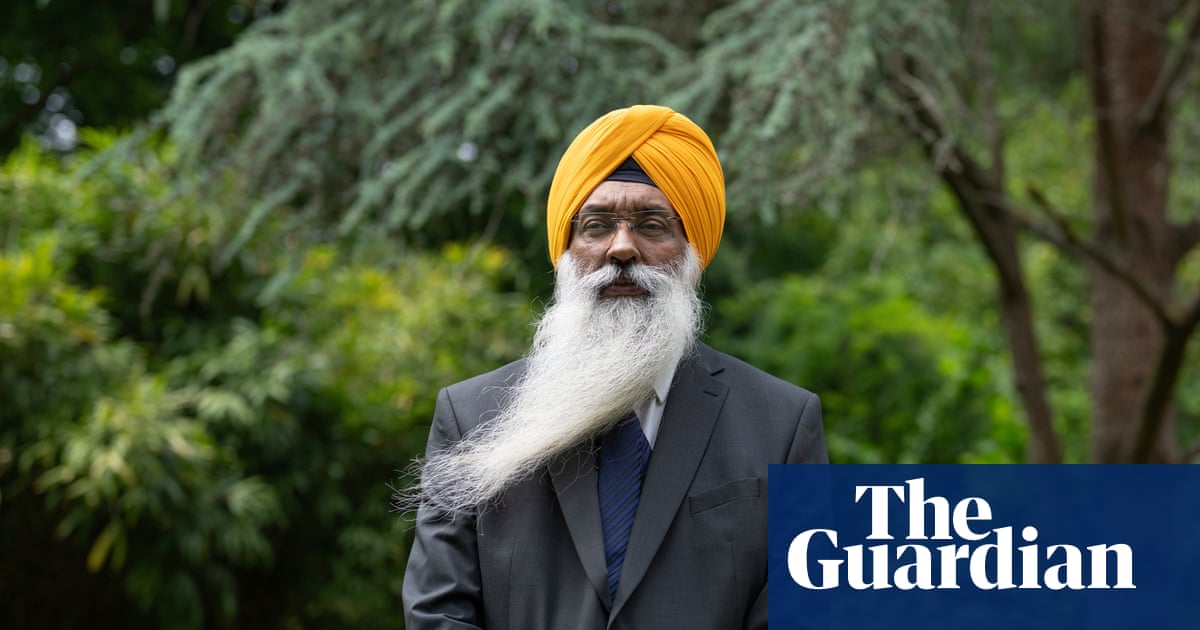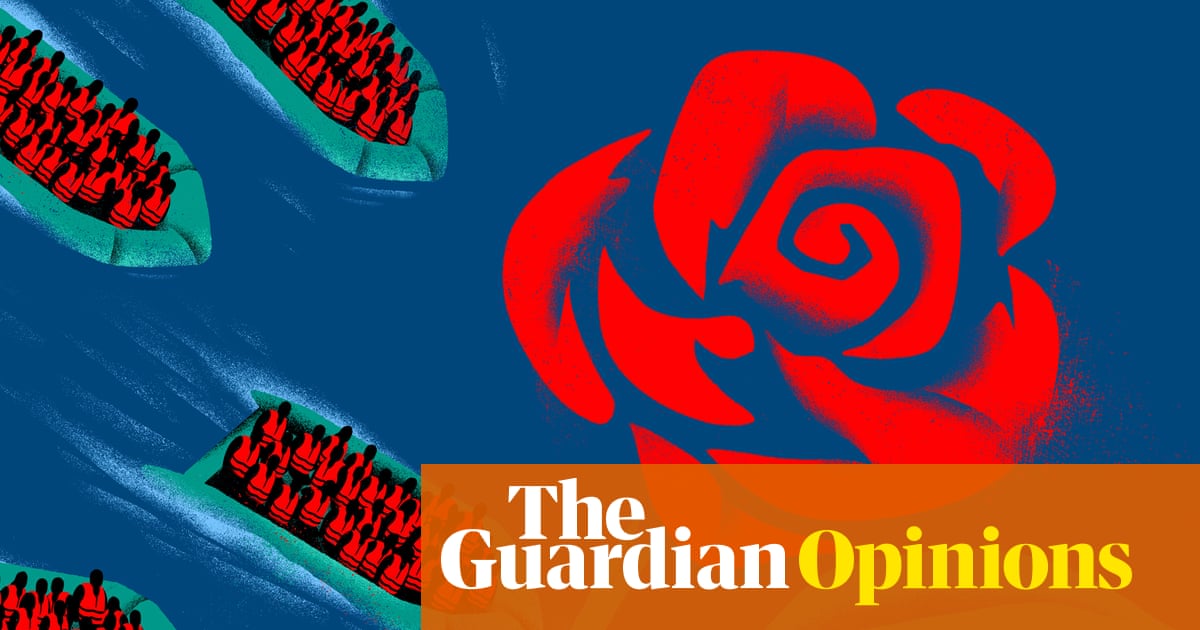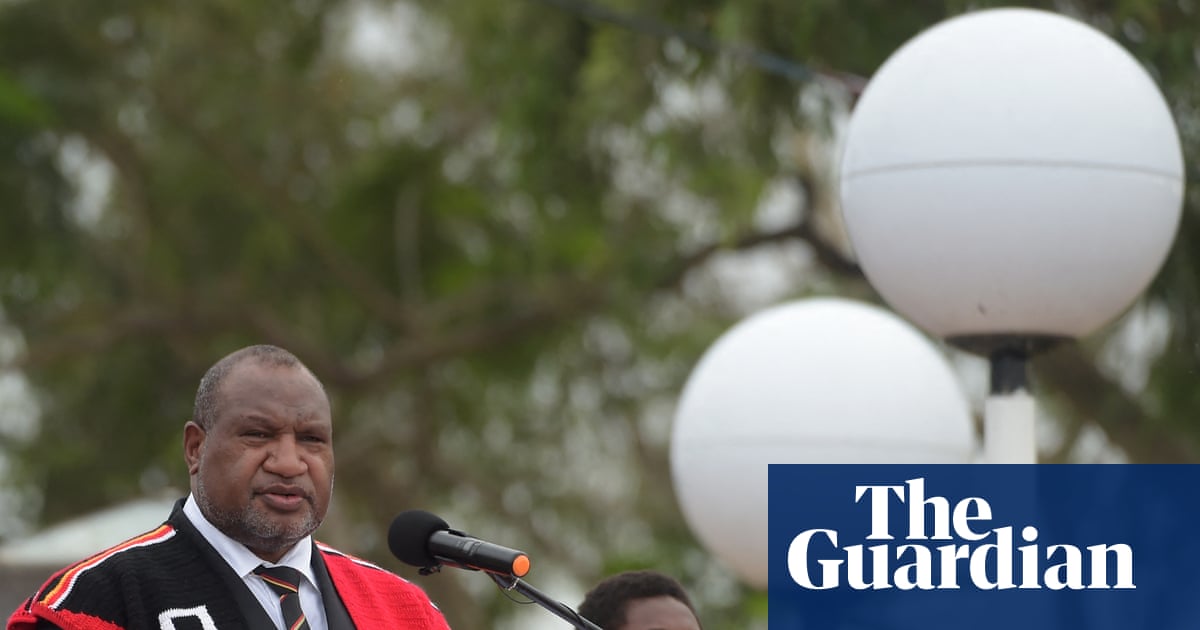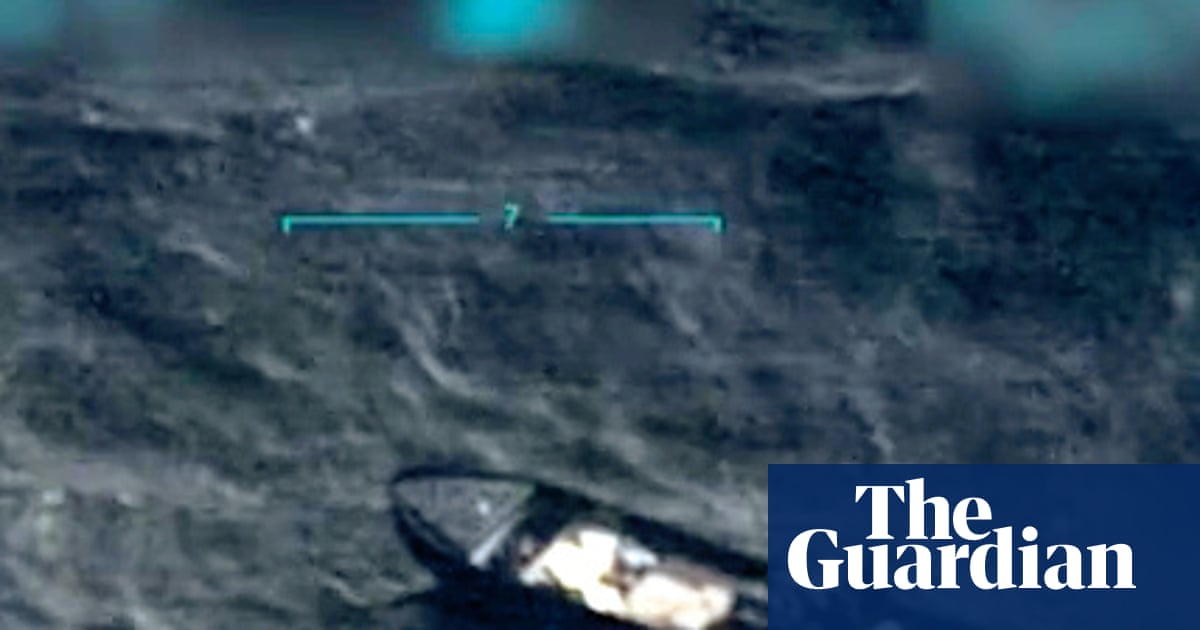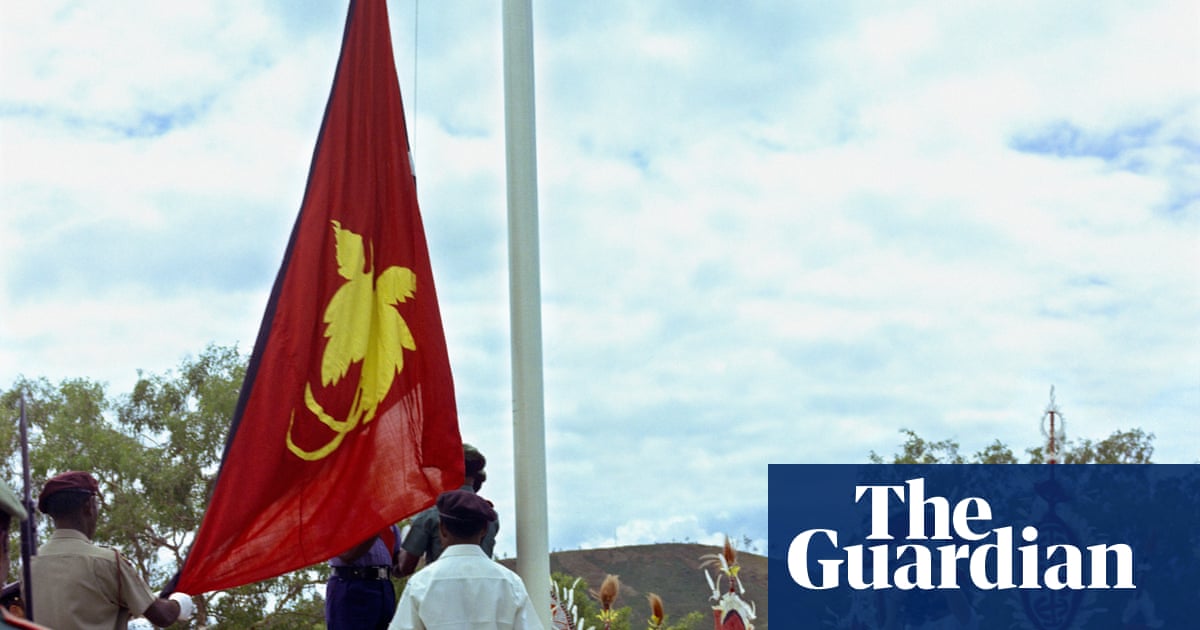When drought descended on Hendrik Jan ten Cate’s farm in 2018, slashing his onion yield to just 10% of a regular year, he slogged through days of heavy labour to draw water from canals and pump it to his crops. One day, overworked and anxious to extract as much as he could, Ten Cate fell into the canal and broke his arm.
This year, with plants already growing but a severe dearth of rain to nourish young crops, the Dutch farmer is once again watching the weather forecast with worry.
“It’s a critical time,” said Ten Cate, who grows potatoes, onions, cereals, carrots and sugar beet on a 100 hectare farm. “Since April, the crops are in the ground, starting to grow, and now we need water every week.”
Farmers across north-western Europe are waiting with bated breath for fresh rains as typically drizzly countries such as the UK, Belgium, the Netherlands and Germany suffer through what may be their driest spring in a century. A small respite is expected at the weekend but is unlikely to provide lasting relief.
“We farmers are resilient … but dry spells are always stressful,” said Sven Borchert, who runs a 1,700 hectare cereal and vegetable farm in Saxony-Anhalt and is the vice-president of the regional farmer’s association.
Borchert said his farm, which sits in the dry shadows of Germany’s Harz mountains, benefited from good soil that held water well, but had seen half the rain it should have this year. He said he expected to get through the month without problems but worried rainfall in June would arrive too late for many other farms.
“There are questions, such as how you’ll pay back the bank, that does keep you up at night,” he said.
Extreme weather costs the EU about €28.3bn in lost crops and livestock per year, according to a analysis by insurance firm Howden, equal to about 6% of its total food production.
More than half the losses stem from drought, according to an analysis of four major weather threats that was commissioned for the European Investment Bank (EIB) as part of the European Commission’s push to quell anger among farmers last year. It found just 20-30% of the losses were insured.
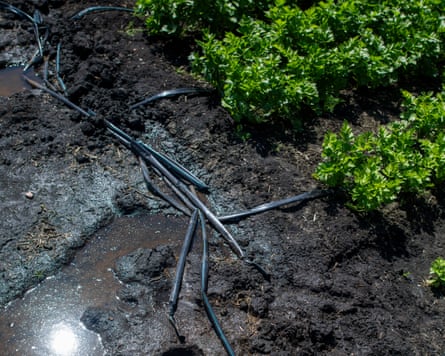
“Climate-related risks are an increasing source of uncertainty for food production,” said Gelsomina Vigliotti, vice-president of the EIB. “Mitigating these risks through insurance and de-risking mechanisms is essential to support the investments of European farmers.”
Fossil fuel pollution is expected to worsen drought conditions in parts of Europe, with the Mediterranean rapidly drying up while other regions experience mixed changes. Despite some benefits to farms in northern Europe, the combination of heat and drought is projected to result in “substantive agricultural production losses” for most European areas this century, the Intergovernmental Panel on Climate Change (IPCC) concluded in a landmark review of climate science research in 2022.
Ten Cate, who sits on the board of an agricultural association in the southern Netherlands, said farmers in the region were already witnessing greater weather extremes. “The heavy rainfall is heavier and the dry period is longer, drier and more extreme,” he said. “We also see the temperature getting higher … and the plants getting stressed.”
Farmers say they are exploring ways to adapt to drought that range from increasing the organic content of their soil and planting more drought-resistant varieties of crops to investing in large-scale rainwater storage, precision farming and drip irrigation.
Ten Cate said local farmers had responded to the 2018 drought by investing in mechanical tools to extract water from irrigation channels and distribute it over their fields.
In the short term, though, farmers across Europe see little choice but to wait for more rain. Almost a third of the continent was under orange drought warnings by the end of April, according to the European Drought Observatory, with 0.7% in the critical red alert stage.
Peter Boysen, an organic farmer in the northern German state of Schleswig-Holstein, said the grass on his farm had not yet dried out but was barely growing. He estimated he had only enough animal feed to last a couple more weeks.
“It’s hard to gauge what economic consequences this will have,” he said. “If rain comes soon, perhaps we’ll see losses of 20-30%. If no rain comes, it will of course be much worse.”

 3 months ago
133
3 months ago
133
